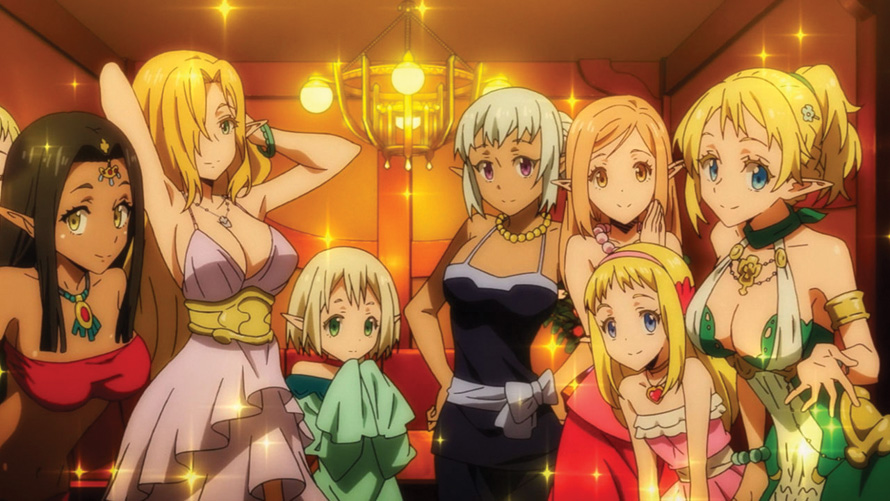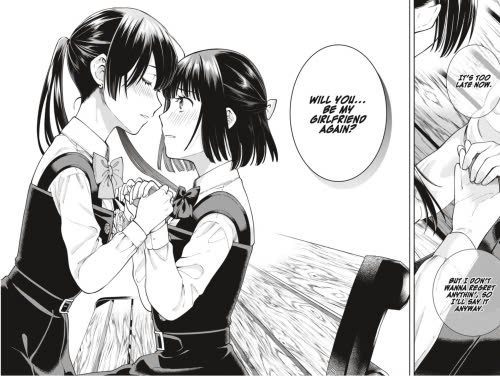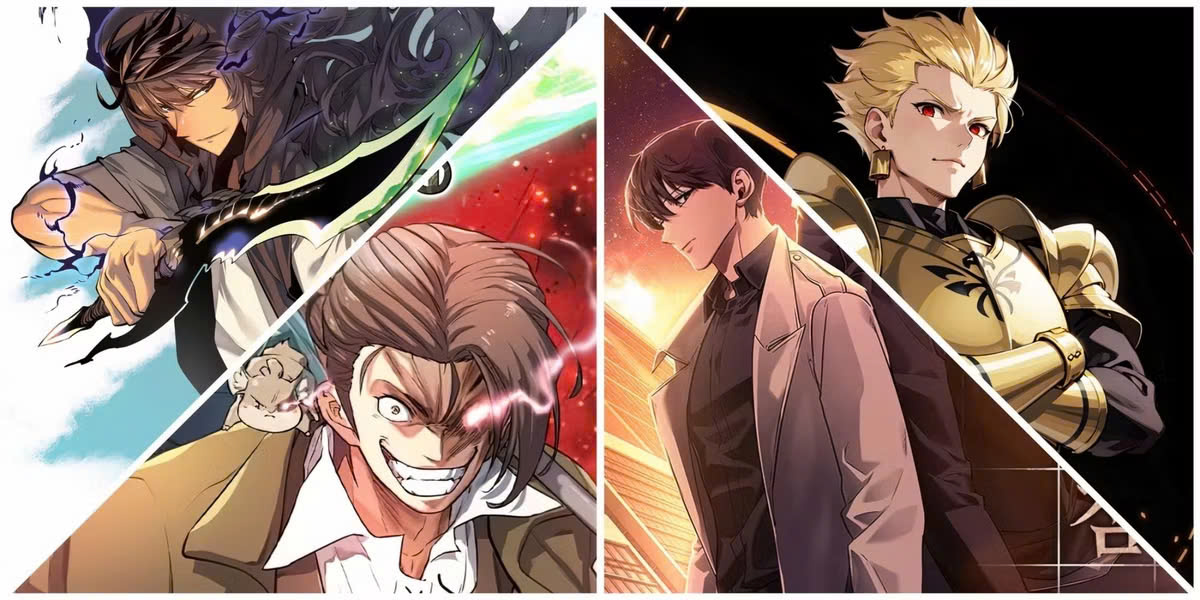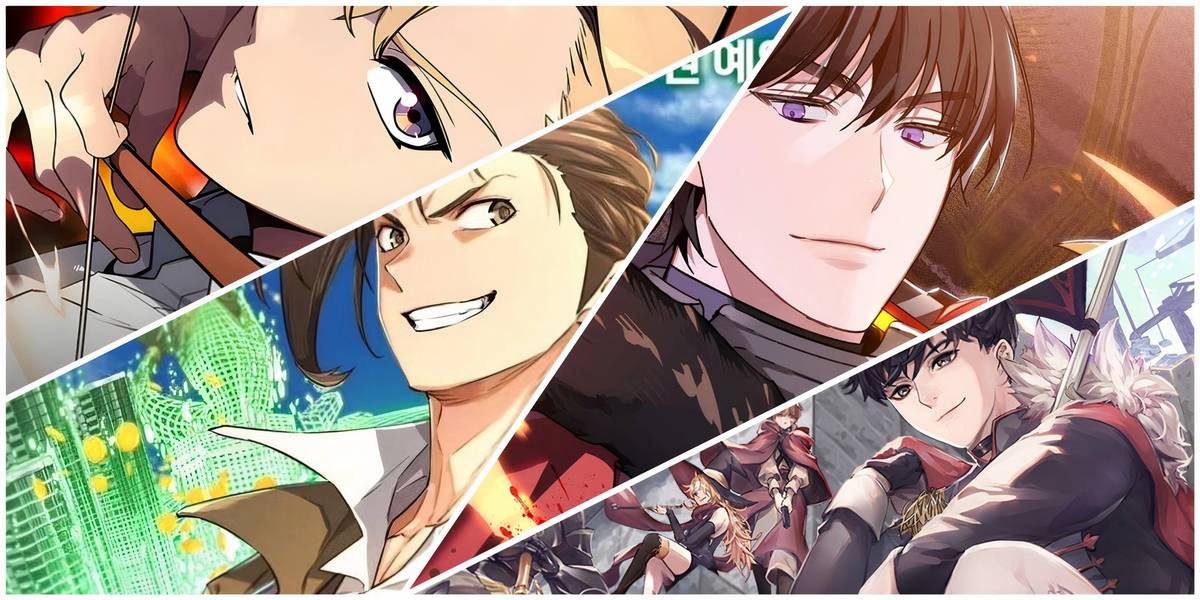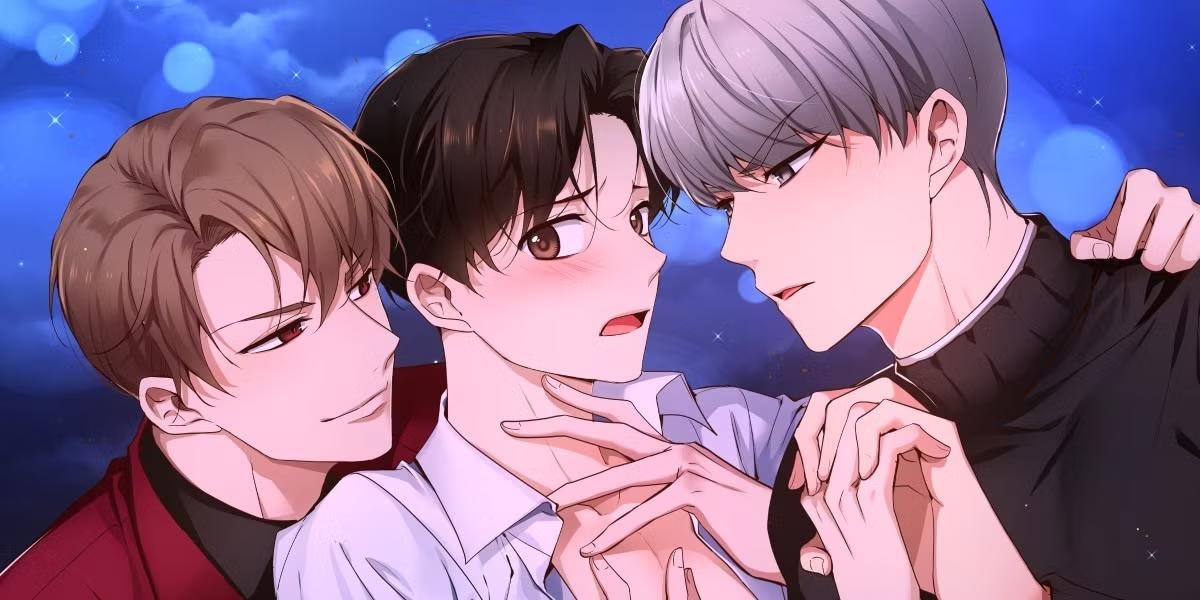Mob Psycho 100 has captivated manga and anime fans alike with its unique blend of supernatural powers, coming-of-age themes, and quirky humor. Created by the enigmatic author ONE, known for his work on One Punch Man, Read Mob Psycho 100 Manga Free Online offers a refreshing take on the shonen genre. Let’s dive deep into the world of Shigeo Kageyama, better known as Mob, and explore the intricate storylines that make this manga a must-read for any enthusiast.
The Extraordinary World of Mob Psycho 100
At its core, Mob Psycho 100 is a story about an ordinary middle school boy with extraordinary psychic abilities. Shigeo Kageyama, nicknamed Mob (which means “background character” in Japanese), possesses immense psychic powers but struggles with expressing his emotions. This internal conflict serves as the driving force behind many of the manga’s most compelling storylines.
The manga’s unique art style, characterized by its seemingly simplistic yet highly expressive illustrations, perfectly complements the offbeat nature of the story. ONE’s ability to convey complex emotions and high-stakes action through his distinctive artwork is a testament to his skill as a mangaka.
Key Characters and Their Development
While Mob is undoubtedly the star of the show, the supporting cast of Mob Psycho 100 is equally fascinating and well-developed. Each character brings something unique to the table, contributing to the rich tapestry of the manga’s world.
Reigen Arataka: The Charismatic Conman
Reigen, Mob’s self-proclaimed master and mentor, is a fan-favorite character known for his quick wit and dubious morals. Despite being a fraud who claims to be a powerful psychic, Reigen plays a crucial role in Mob’s development, teaching him valuable life lessons and providing comic relief throughout the series.
Ritsu Kageyama: The Devoted Brother
Mob’s younger brother, Ritsu, initially envies Mob’s psychic abilities but eventually develops powers of his own. His journey from jealousy to acceptance and his unwavering loyalty to Mob form one of the manga’s most touching subplots.
Dimple: The Reformed Evil Spirit
Once a malevolent spirit bent on world domination, Dimple becomes an unlikely ally to Mob. His character arc, from villain to comic sidekick to a genuinely caring friend, is a testament to the manga’s nuanced approach to character development.
Exploring the Major Story Arcs
Mob Psycho 100 is divided into several distinct story arcs, each building upon the last to create a cohesive and engaging narrative. Let’s take a closer look at some of the most impactful storylines in the manga.
The LOL Cult Arc
This early arc introduces readers to the world of psychics and cults, setting the stage for the larger conflicts to come. It’s here that we first see Mob’s powers in action and begin to understand the internal struggle he faces in controlling his abilities.
The 7th Division Arc
This arc marks a significant turning point in the series, introducing the concept of esper organizations and expanding the scope of the manga’s world. It’s during this storyline that Ritsu’s character development really takes off, adding depth to the brotherly relationship at the heart of the story.
The World Domination Arc
Perhaps the most ambitious storyline in the manga, this arc brings together all the major players in a high-stakes battle for the fate of the world. It’s here that we see Mob pushed to his limits, both physically and emotionally, leading to some of the most spectacular and poignant moments in the series.
Themes and Symbolism in Mob Psycho 100
Beyond its exciting action sequences and comedic moments, Mob Psycho 100 explores several profound themes that resonate with readers of all ages.
The concept of self-improvement is central to the manga, with Mob’s journey to become a better person serving as its emotional core. The Body Improvement Club, which Mob joins to become physically stronger, becomes a metaphor for his overall growth as an individual.
The manga also delves into the nature of power and responsibility. Mob’s struggle to control his immense psychic abilities and use them for good reflects broader questions about how we should wield our own talents and influence.
Another recurring theme is the importance of human connections. Despite his incredible powers, Mob’s most significant growth comes from his relationships with others, emphasizing that true strength lies in our bonds with those around us.
The Impact of Mob Psycho 100 on Manga Culture
Mob Psycho 100 has left an indelible mark on the manga landscape since its debut. Its unique blend of action, comedy, and heartfelt character development has inspired a new generation of mangaka and redefined what readers expect from shonen series.
The manga’s success has also led to a highly acclaimed anime adaptation, further expanding its reach and influence. The anime’s stunning visual style, which faithfully translates ONE’s distinctive artwork to the screen, has set new standards for animation quality in the industry.
Moreover, mobpsycho100.site has sparked countless discussions among fans, from debates about the nature of psychic powers to in-depth analyses of character motivations. This engagement has fostered a vibrant and passionate fan community, contributing to the manga’s enduring popularity.
Conclusion: The Enduring Appeal of Mob Psycho 100
As we’ve explored, the Mob Psycho 100 manga storylines offer a rich tapestry of character development, thrilling action, and thought-provoking themes. From Mob’s personal growth to the intricate world-building and supporting cast, every element of the manga works together to create a truly unforgettable reading experience.
Whether you’re a longtime fan or new to the world of Mob Psycho 100, there’s always something new to discover in its pages. The manga’s ability to balance humor, heart, and high-stakes drama continues to captivate readers, ensuring its place as a modern classic in the manga canon.
We’d love to hear about your experiences with Mob Psycho 100! What’s your favorite storyline or character moment? How has the manga impacted your view of the shonen genre? Share your thoughts in the comments below and join the conversation with fellow manga enthusiasts!
